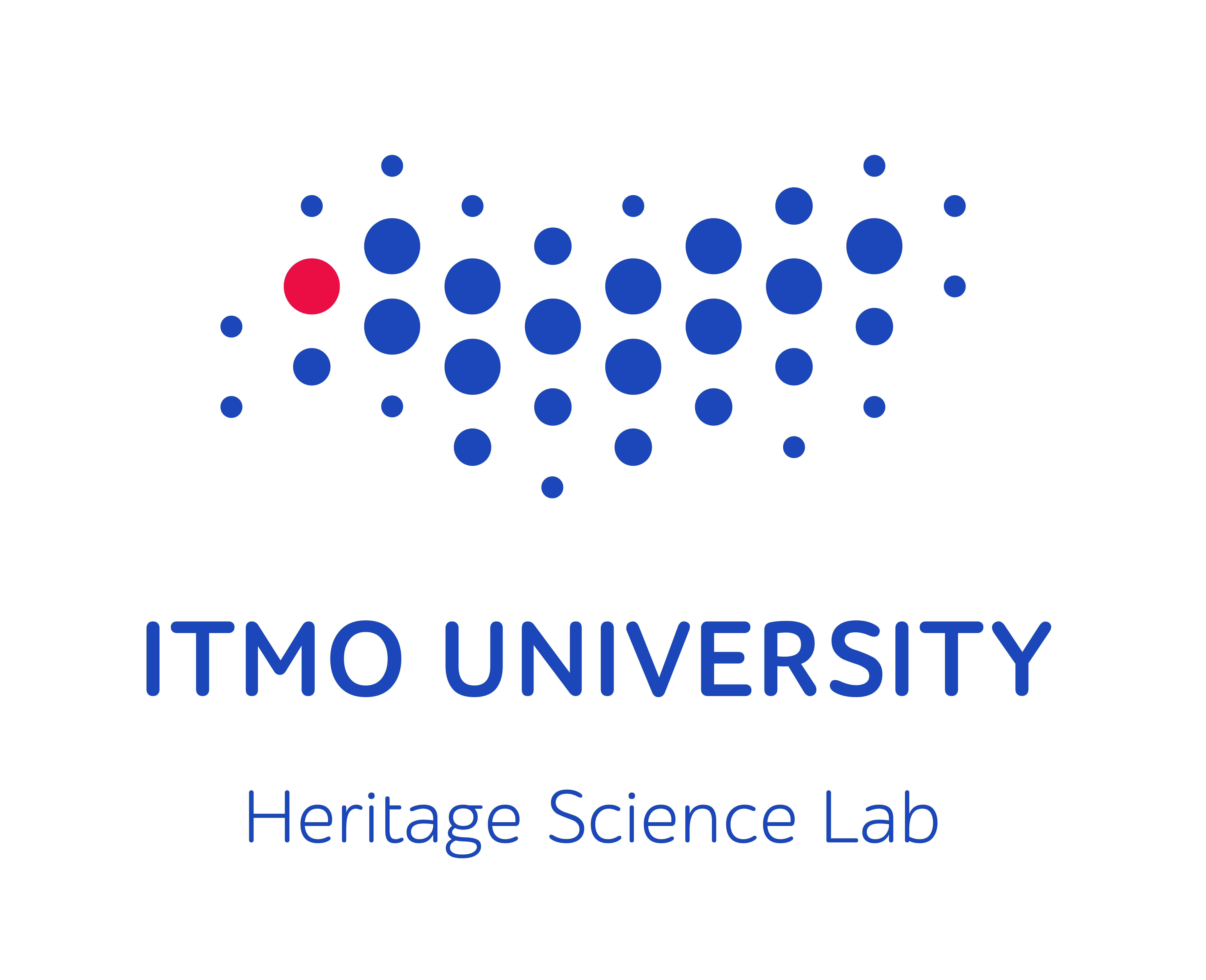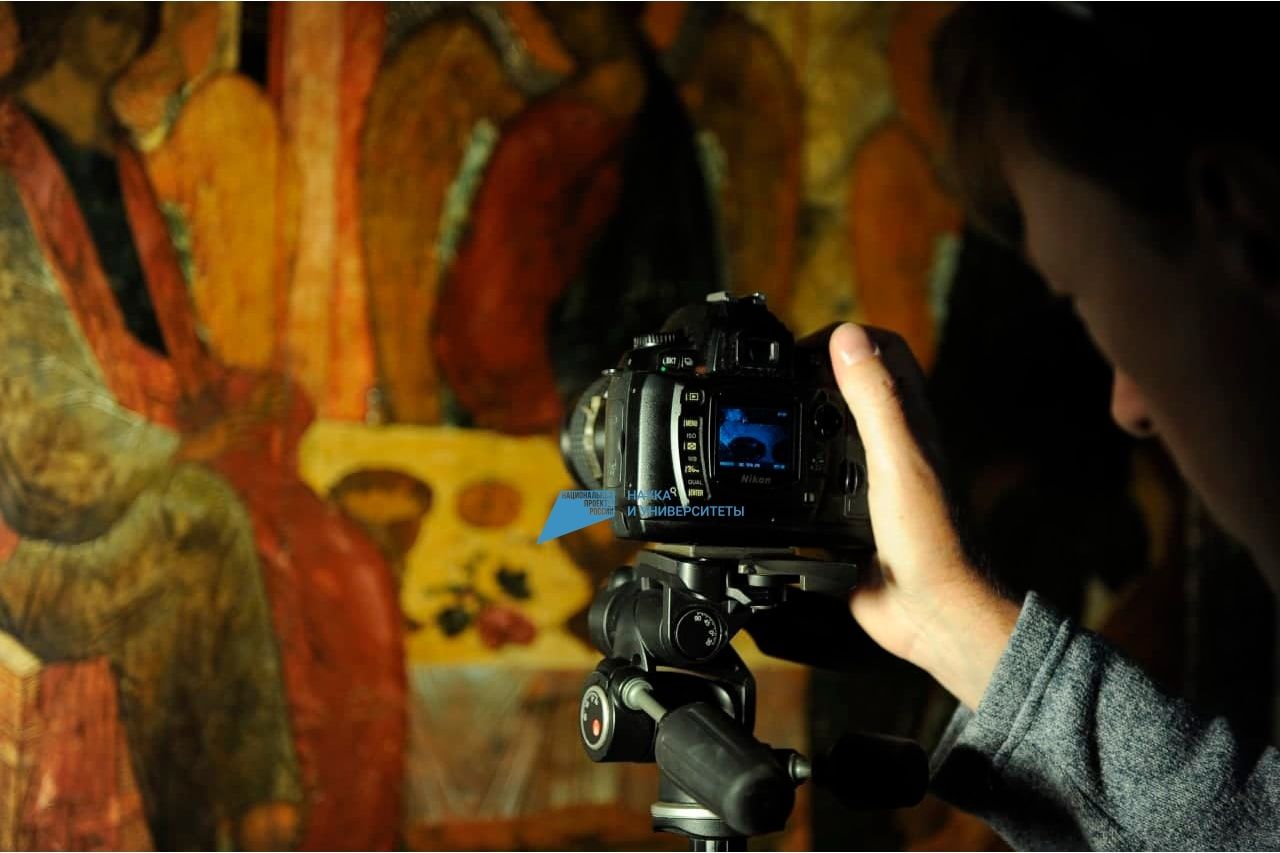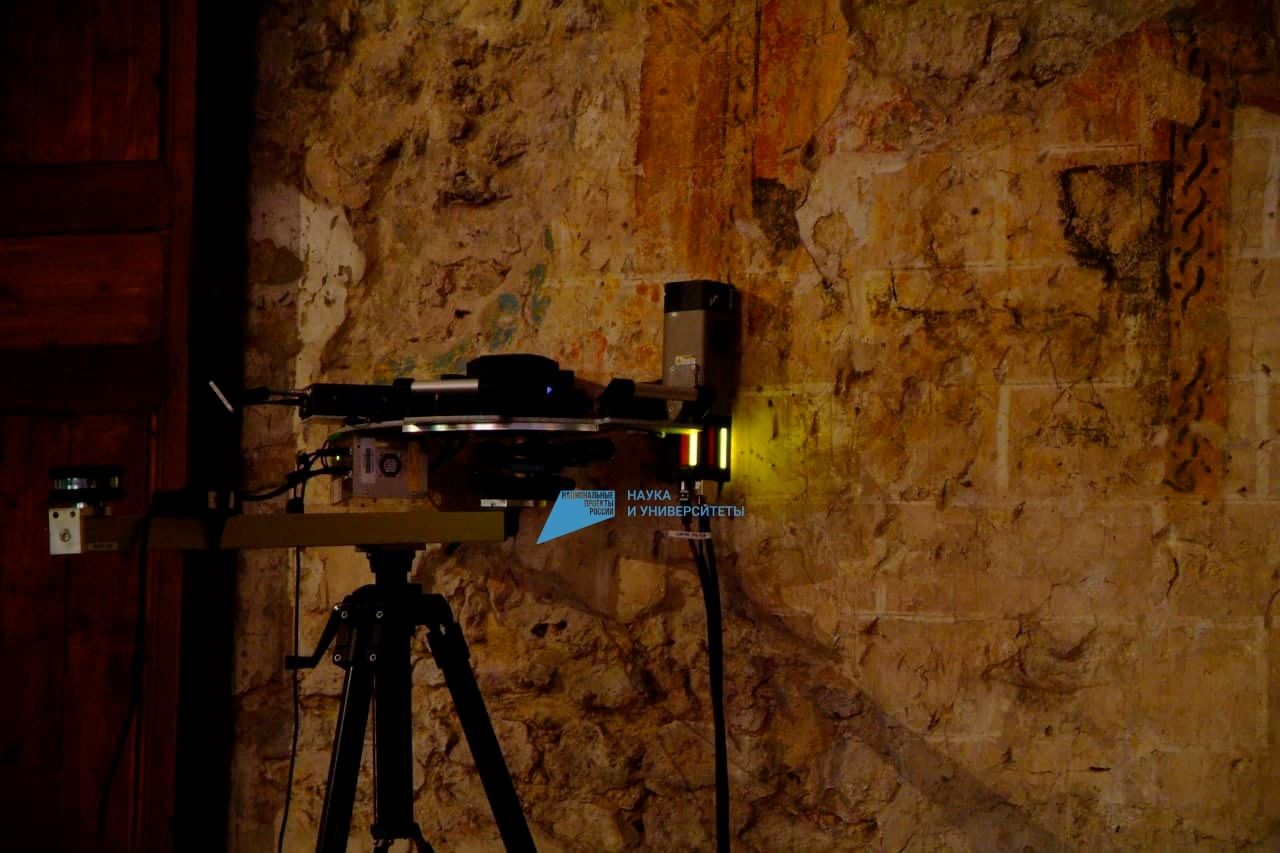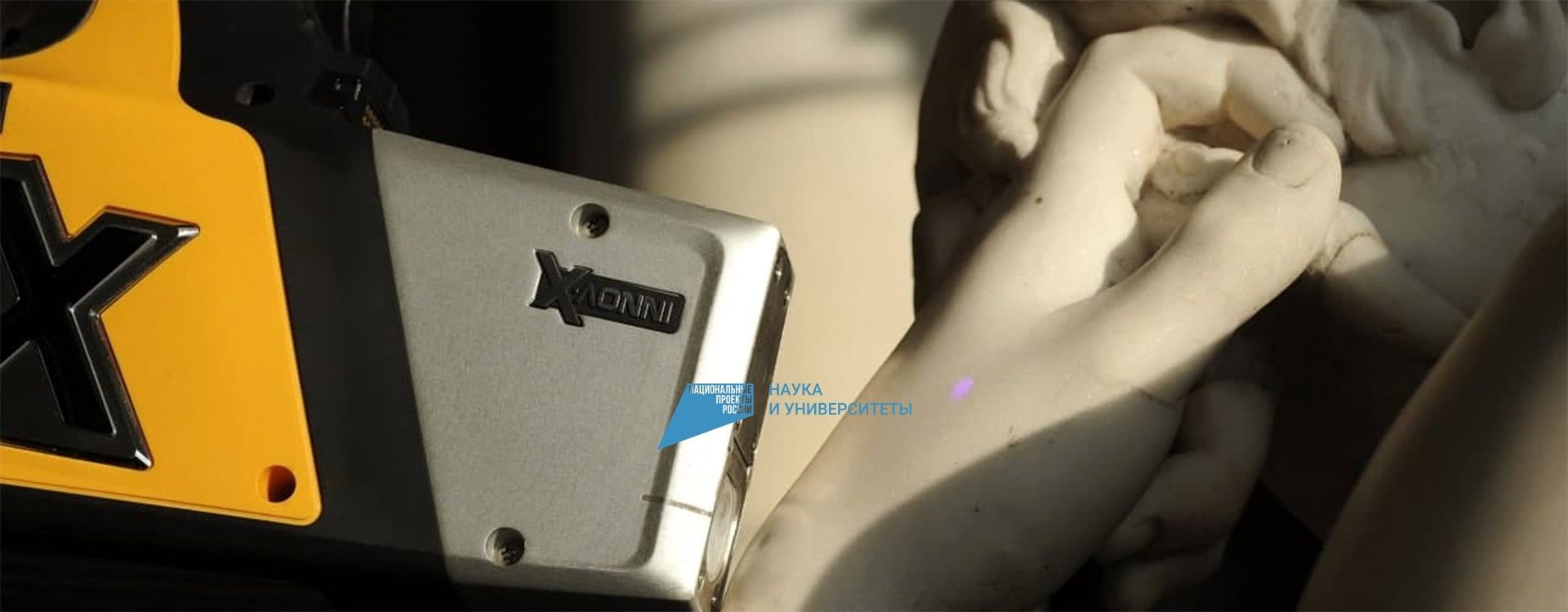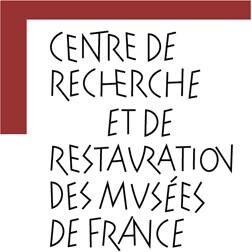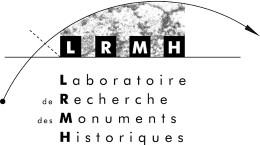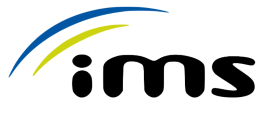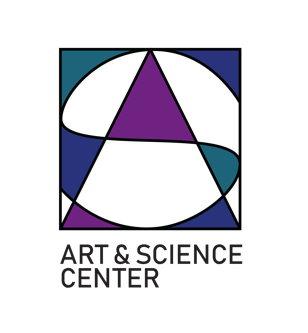Technological research of Medieval Russian painting
This area of research is dedicated to the development of the methods for studying the techniques of Russian medieval paintings, including frescoes from medieval temples. The methods are based on the usage of optical spectroscopy and tomography for determining the main features of the art objects: time, place and methods of paint production, types of pigment and its preparation technologies. The main studied period is the Russian medieval art of the North-West, but the methodology under development is universal and can be applied to historical and cultural objects of other periods. The investigated items are cultural heritage objects of the State Russian Museum collection. Some icons are also taken from the Kirillo-Belozersky Monastery and from Novgorod churches. The techniques of these paintings are interesting and important for the art historians, but difficult to research. The icons and frescoes can be in different preservation states, done anonymously and renovated in a traditional Russian way. The other two questions to investigate are poor documented restoration of the early 20th century, and, on the contrary, exceptional restoration of the second half of the 20th century. The main goal of study is to create the research method for Russian medieval art with the application of modern, non-destructive technologies. The key step for understanding the process of restoration and the capabilities of the proposed methods is experiments on cleaning the icons surfaces, conducted by the laboratory together with restorers. This helps us in further modernization of the methods, with a respect to the restorers’ and art historians’ requirements.
